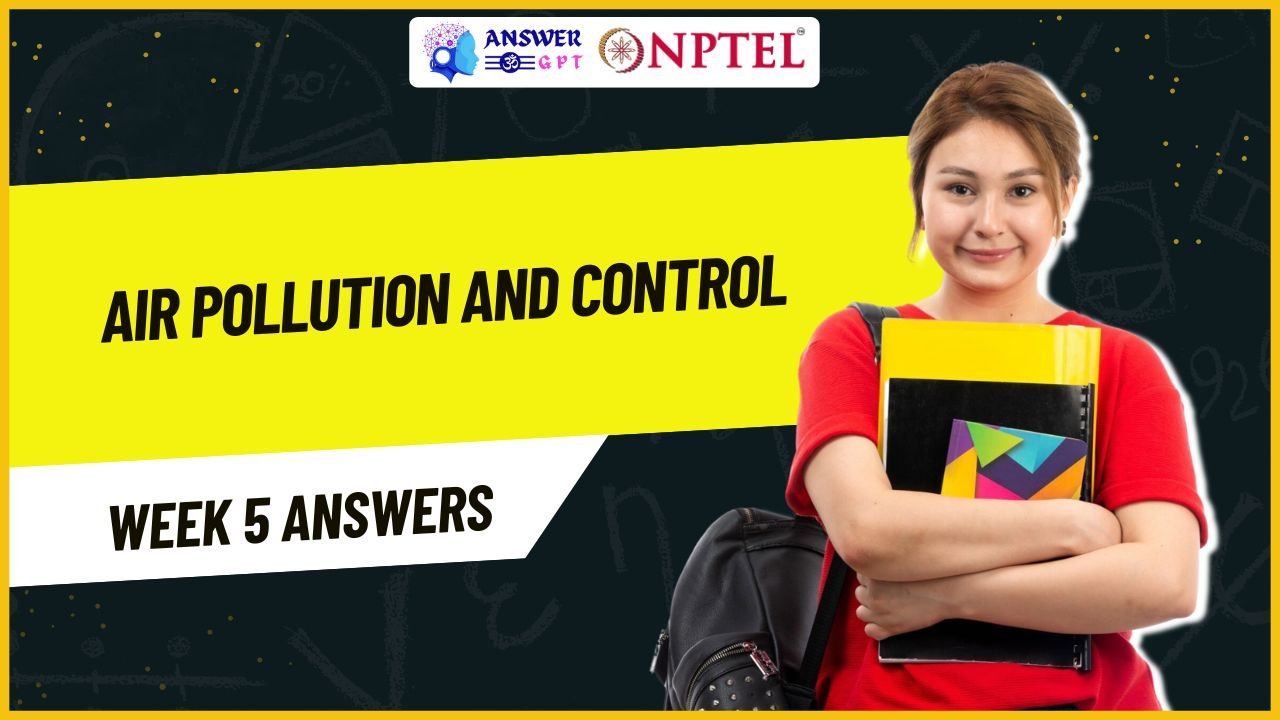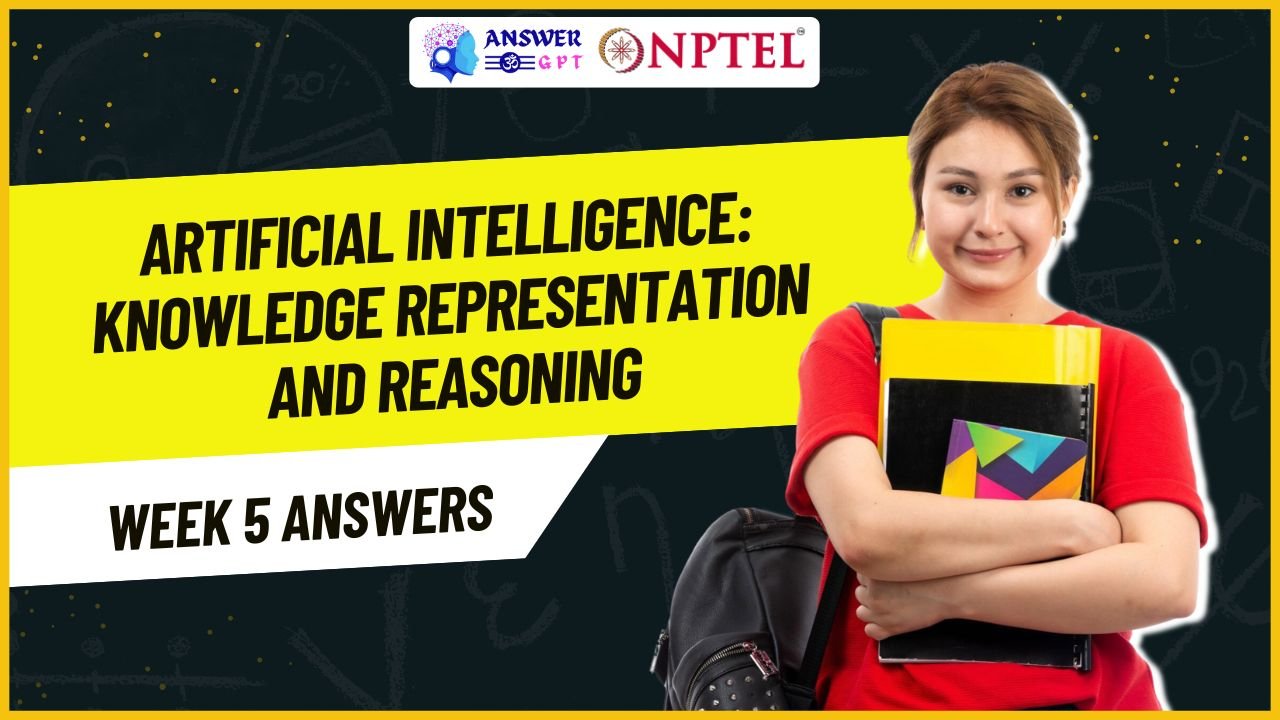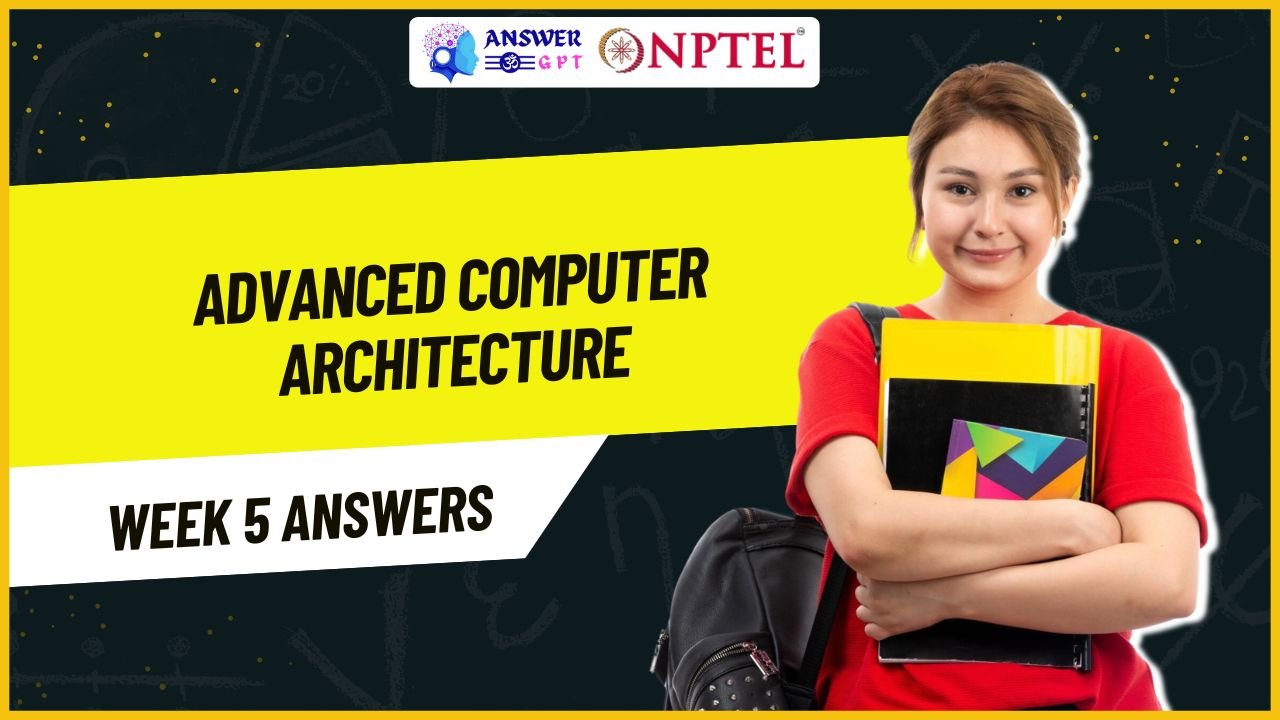Soft Skill Development Week 5 NPTEL Assignment Answers 2025
NPTEL Soft Skill Development Week 5 Assignment Answers 2024
1. Interpersonal communication is a type of communication that takes place when we evaluate and react to internal and external stimuli.
a. True
b. False
✅ Answer :- b
Explanation: The described definition is actually for intrapersonal communication, not interpersonal.
2. The whole essence of emotional management is understanding one’s own emotions and other’s to deal with the situation. This statement is.
a. True
b. False
✅ Answer :- a
Explanation: Emotional management involves recognizing, understanding, and regulating emotions for better decision-making and social interaction.
3. Organizational strategic changes are transitions or modifications from an existing state to a desired state for attaining efficiency and effectiveness. This statement is:
a. True
b. False
✅ Answer :- a
Explanation: This is a correct description of strategic change in an organization.
4. Vision realization, plant modernization and strategy planning are ___________ strategies.
a. Conflict management
b. Negotiating
c. Change management
d. Monitoring
✅ Answer :- c
Explanation: These actions are part of structured change management efforts to improve operations.
5. Which of the following is an example of intrapersonal communication?
a. Talking in telephone
b. Day-dreaming
c. Interacting in social media
d. None of the above
✅ Answer :- b
Explanation: Daydreaming is internal, self-directed communication, which defines intrapersonal communication.
6. Empathetic understanding leverages diversity in which of the following contexts?
a. Customer service
b. Teamwork
c. Individual excellence
d. Gender equality
✅ Answer :- b
Explanation: Empathy helps in enhancing cooperation and understanding in teamwork.
7. Intrapersonal messages reflect our own ____________.
a. Physical self
b. Emotional self
c. Social self
d. All of the above
✅ Answer :- d
Explanation: Intrapersonal communication encompasses physical, emotional, and social self-perceptions.
8. The ability to control or redirect disruptive impulses and moods is called _____________.
a. Motivation
b. Empathy
c. Self-regulation
d. Self-reliance
✅ Answer :- c
Explanation: Self-regulation is a component of emotional intelligence involving emotional control.
9. Which part of the limbic system is called the “the seat of all passions”?
a. Brain stem
b. Hippocampus
c. Amygdala
d. Limbic system
✅ Answer :- c
Explanation: The amygdala processes emotional reactions and is vital for passion and fear responses.
10. In one of the techniques of enhancing Emotional Intelligence i.e. emotional management, the person should be able to
a. Take responsibility for one’s own emotions that influence cognition
b. Turn negative emotions into positive learning and growing opportunities
c. Understand her and others’ emotions and deal with that situation
d. All the above
✅ Answer :- d
Explanation: Emotional management includes awareness, control, and transformation of emotions.
11. Empathy is
a. Psychologically driven
b. Aesthetically driven
c. Biologically driven
d. All of the above
✅ Answer :- c
Explanation: Empathy is rooted in brain functions and neural responses.
12. Our emotions influence our _________.
a. Cognition
b. Nervous System
c. Sense of humour
d. All of the above
✅ Answer :- a
Explanation: Emotions significantly affect our thought processes and decision-making.
13. When change is initiated in the organization, it moves from the state of equilibrium to disequilibrium. This state of disequilibrium is accounted for internal and external factors. Which of the internal factors are behind this change?
A. Individual Performance
B. Political
C. Values
D. Technology
✅ Answer :- d
Explanation: Technology is often considered an internal driver of organizational change.
14. What are the components of Emotional Intelligence?
A. Social Skills
B. Self-determination
C. Self-awareness
D. Self-esteem
✅ Answer :- b
Explanation: While self-awareness and social skills are key components, self-determination is more directly tied to EI in some models.
15. Consider the following statements.
A: Certain cultural stereotypes help us be open in our interactions.
B: Thinking from another’s perspective shares a link with one being more creative.
a. A and B are true
b. A is true but B is false
c. B is true but A is false
d. Both A and B are false
✅ Answer :- c
Explanation: Stereotypes hinder openness, while empathy (thinking from another’s perspective) is linked with creativity.

![[Week 1-8] NPTEL Soft Skill Development Assignment Answers 2025](https://answergpt.in/wp-content/uploads/2025/01/Soft-Skill-Development-2025.jpg)

![[Week 1-8] NPTEL Soft Skill Development Assignment Answers 2024](https://answergpt.in/wp-content/uploads/2024/01/NPTEL-Soft-Skill-Development-Assignment-Answers-2024.jpeg)


